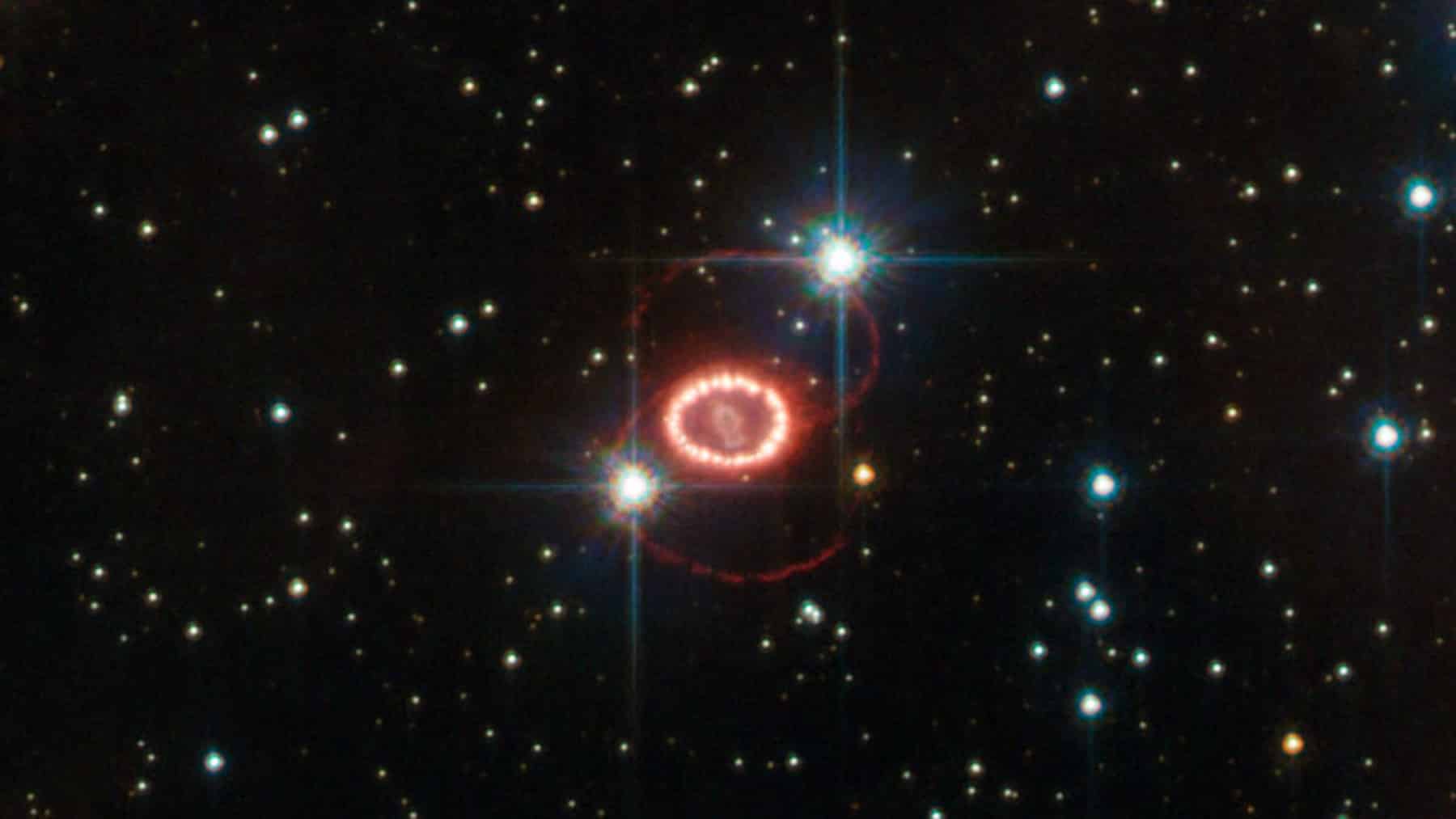Astronomers have seen something that should not be there based on traditional stellar physics, but there it was, burning up the universe in a spectacle that was not predicted at all. Such an unbelievable astronomical occurrence has made scientists reevaluate some of the most basic beliefs regarding the demise of extremely large stars and the fate of these objects during their last moments of existence, when they face the most mysterious objects in the universe.
AI captures the unparalleled stellar massacre
The complex systems of detection used by NASA on the basis of artificial intelligence algorithms have revealed an anomalous supernova named SN 2023zkd which is in the proximity of about 730 million light-years distant from Earth. The automated survey system of the Zwicky Transient Facility detected this unusual explosion a few hours after it happened, thus allowing quick follow-up observations by various telescopes all over the world.
The machine learning software created at the University of California, Santa Cruz, was very instrumental in identifying this uncommon occurrence before it was forgotten. Pressing on the point that machine learning skills enabled astronomers to identify the suspicious actions of stars months before the most dramatic events took place, which gave them the necessary time to observe them critically.
According to Ryan Foley, a UC Santa Cruz astronomy and astrophysics associate professor, human beings are better at identifying something out of the ordinary, but algorithms are capable of identifying patterns much sooner than human beings do. This technological superiority was necessary to get observations of this time-sensitive explosion of the stars.
Supernova had strange patterns of brightness in the form of two peaks
SN 2023zkd exhibited very peculiar properties, seen as two brightness maxima with a period of about 240 days and luminous continuous emissions of about four years before being discovered. This act was unusual, following the normal patterns of a supernova, and posed special conditions for the death of the star.
The science community came to the conclusion that this supernova was caused by the interaction of a giant star with a black hole companion in a binary system, taking place in a catastrophic manner. The closer the two surfaces, the star and the black hole, the more the gravitational pressure of the latter acted on the former, causing the outburst death of the former before it could be swallowed up entirely.
This analysis by Gagliano found that the blast was the best evidence ever that the close interaction of massive stars with black holes can indeed cause stellar explosions. The star had been gradually losing material to space over the years, forming rings of gas and dust that the resulting explosion hit. The initial peak was formed as the ejecta formed upon the surrounding material, and the delayed second one was made by the interaction with an apparently thicker disk-like cloud of the stellar debris.
Key discovery elements:
First confirmed supernova-black hole interaction
Double-peak brightness pattern over 240 days
Four years of pre-explosion stellar activity
AI-enabled real-time detection system
Discovery relates to the 1930s theoretical backgrounds of supernova
Theorizing of the supernovas was credited to Walter Baade and Fritz Zwicky, who worked at the Mount Wilson Observatory in the 1930s when they discovered a new type of cataclysmic stellar explosion that they referred to as supernovae. This is a recent discovery, which is the first assured case of a supernova colliding with a black hole companion.
Gagliano highlighted that astronauts are getting into a period where uncommon astronomical phenomena could be identified automatically when they occur, as opposed to being discovered after the fact. This ability allows the scientists to finally establish a bridge between the relation between stellar life cycles and death processes, and new frontiers to gain knowledge about the cosmic evolution have opened.

